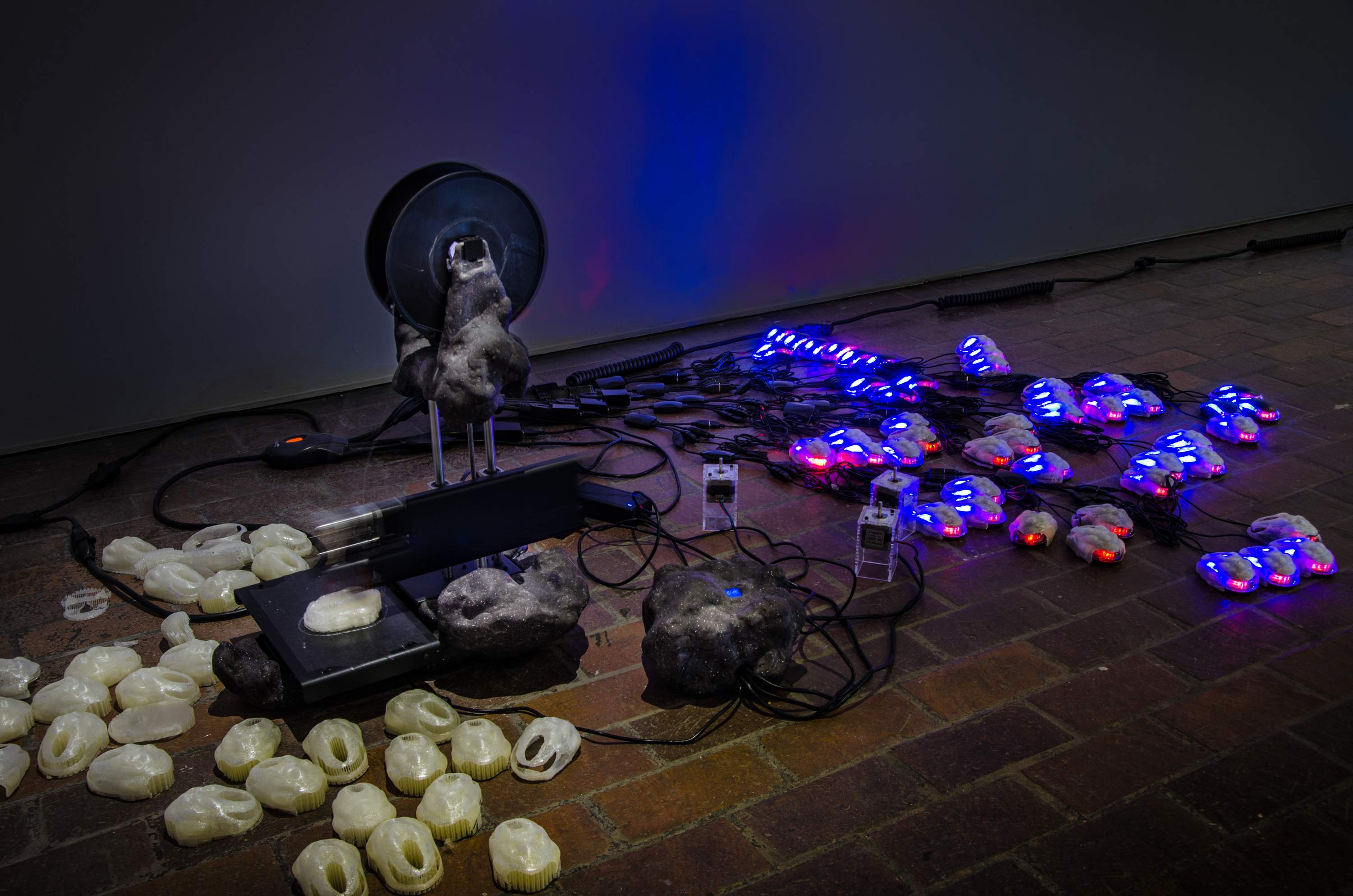People of the Po Valley
1943, Italy, 9’, black & white, Italian with Turkish subtitles
A quiet ode to the arduous lives of fisherman along the River Po, Antonioni’s first film is a poetic inquiry into the uncanny dialectic between environment and inhabitants. Although completed in 1943, the temporary loss of crucial footage during post-production delayed the film’s release until 1947.
Sanitation Department
1948, Italy, 8’, black & white, Italian with Turkish subtitles
Antonioni’s second film documents a day in the life of Rome’s sanitation workers, highlighting a marginal culture so taken for granted they are virtually invisible. Both somber and charming, his lyrical investigation into their gritty existences revels in quotidian moments of mystery and humor.
Lies of Love
1949, Italy, 10’, black & white, Italian with Turkish subtitles
Considered the inspiration for Fellini’s The White Sheik (1952), Delightfully exploring the vernacular fantastic of the fotoromanzi, the bawdy photographic comic-strip novels that were a staple of post-WW2 Italian popular culture, Antonioni tracks a day in the life of the stars of this new genre.
Superstition
1948, Italy, 9’, black & white, Italian with Turkish subtitles
A poetic ethnography of anarchic rites and beliefs, Superstition reveals the stubborn presence of a pre-modern folk imagination in the twentieth century Italian peasant class.
India Kumbh Mela
1983, Italy, India 9’, color
Like Rossellini, Antonioni had a long fascination with India which gave way to this 1977 short capturing the country’s most important Hindu festival, Kumbh Mela, during which millions of worshippers gather to pray where the Ganges, Jamuna and Saraswati rivers converge.
Roma 90
1989, Italy, 9’, color
The cinematic portrait of the Italian capital Rome, this short was part of a series of films that on the occasion of the 1990 Soccer World Cup in Italy were meant to present the different venues.
Sicillia
1997, Italy, 11’, color, Italian with Turkish subtitles
Antonioni's short film is a silent meditation on five Sicilian landscapes.
Lo sguardo di Michelangelo
2004, Italy, 15’, color, Italian with Turkish subtitles
Michelangelo Antonioni’s true final film and, for a master film-maker who has peerlessly studied the inability of people to communicate between one another, it is appropriate that his last characters are himself – who has been debilitated by a stroke and deprived of speech and most bodily movement for practically 20 years – and the “inanimate” statues found in St. Peter’s Basilica in Rome. The camera gazes pans or tracks incessantly over every detail of the statues and occasionally shows us the interaction between the two ‘entities.’
Antonioni By Antonioni
1978, Italy, 22’, color, Italian with Turkish subtitles
This a rare interview with Antonioni from 1978, made on the occasion of a TV retrospective of his films.

He had imagined the court room as a big place. It wasn’t. It was about the size of his living room, with an elevation at one end, with a dais on it. The judges and the attorneys sat there. Below it was an old wooden rail, worn out in some places. That was his place. There was another seat for his lawyer. At the back, about 20 or 30 chairs were stowed out for the non-existent crowd.

The exhibition Look at Me! Portraits and Other Fictions from the ”la Caixa” Contemporary Art Collection examines portraiture, one of the oldest artistic genres, through a significant number of works of our times. Through the exhibition we will be sharing about the artists and sections in Look At Me!. This time we are sharing about Janine Antoni , exhibited under the section “The Conventions of Identitiy”!
Tuesday - Saturday 10:00 - 19:00
Friday 10:00 - 22:00
Sunday 12:00 - 18:00
The museum is closed on Mondays.
On Wednesdays, the students can
visit the museum free of admission.
Full ticket: 300 TL
Discounted: 150 TL
Groups: 200 TL (minimum 10 people)